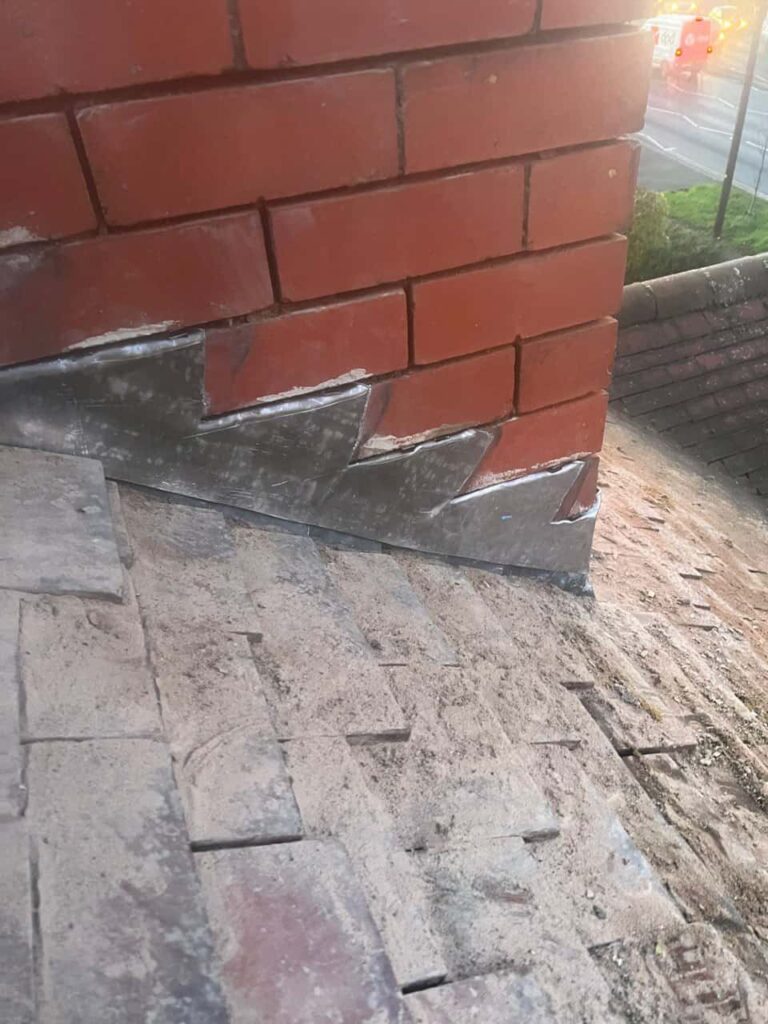Introduction: Roofing is not just a matter of shingles and tiles; it involves complex dynamics that affect your roof’s overall stability and performance. Slipped tiles, a common roofing issue, are not just a matter of chance. In this blog post, we’ll delve into the science behind slipped tiles and help you understand the roof dynamics that lead to this problem. Clifton Roofing Repairs believes understanding these dynamics is crucial for effective roof maintenance and repair.
Understanding Roof Dynamics
Roof dynamics involve the forces and interactions that affect your roof’s structure and components. Here’s a breakdown of the key factors:
1. Gravity
Gravity is a fundamental force that affects all objects, including your roof. It constantly pulls everything downward, which is why your roof’s tiles and shingles are designed to resist this force. Over time, gravity can cause tiles to gradually slip out of position, especially if they are not properly secured.
2. Wind Load
The wind is another significant force that your roof has to contend with. Strong winds can create uplift forces that can lift and displace roof tiles. When wind gusts push against the surface of your roof, they can get underneath the tiles, making them more susceptible to slipping.
3. Temperature Fluctuations
Temperature fluctuations are a crucial aspect of roof dynamics. As temperatures rise and fall, roofing materials expand and contract. This thermal cycling can weaken the adhesion between tiles and the underlayment, making them more prone to slipping.
4. Water Infiltration
Water is a roofing material’s worst enemy. Moisture infiltration can weaken the roof’s structural components over time, whether from rain or snow. Water can seep under tiles, affecting their adhesion and causing them to slip or dislodge.
5. Roof Pitch and Slope
The pitch or slope of your roof plays a significant role in roof dynamics. Steeper roofs may be more prone to tiles slipping, especially if they are not adequately secured. The angle of the roof affects how gravity and wind forces interact with the tiles.
6. Material Quality and Installation
The quality of roofing materials and the precision of the installation process are critical factors. High-quality materials and proper installation techniques can significantly reduce the likelihood of slipped tiles. Conversely, low-quality materials or shoddy workmanship can make tiles more prone to slipping.
7. Maintenance and Inspections
Regular maintenance and inspections are essential for monitoring your roof’s condition and promptly addressing slipped tiles. Routine inspections can identify issues before they become more extensive problems.
Conclusion: Slipped tiles result from various forces and interactions that affect your roof’s structure. Understanding the science behind roof dynamics is crucial for effective roof maintenance and repair. Factors like gravity, wind load, temperature fluctuations, water infiltration, roof pitch, material quality, and installation all play a role in the occurrence of slipped tiles.
Call us on: 0115 647 1193
Click here to find out more about Clifton Roofing Repairs
Click here to complete our contact form and see how we can help with your roofing needs.

